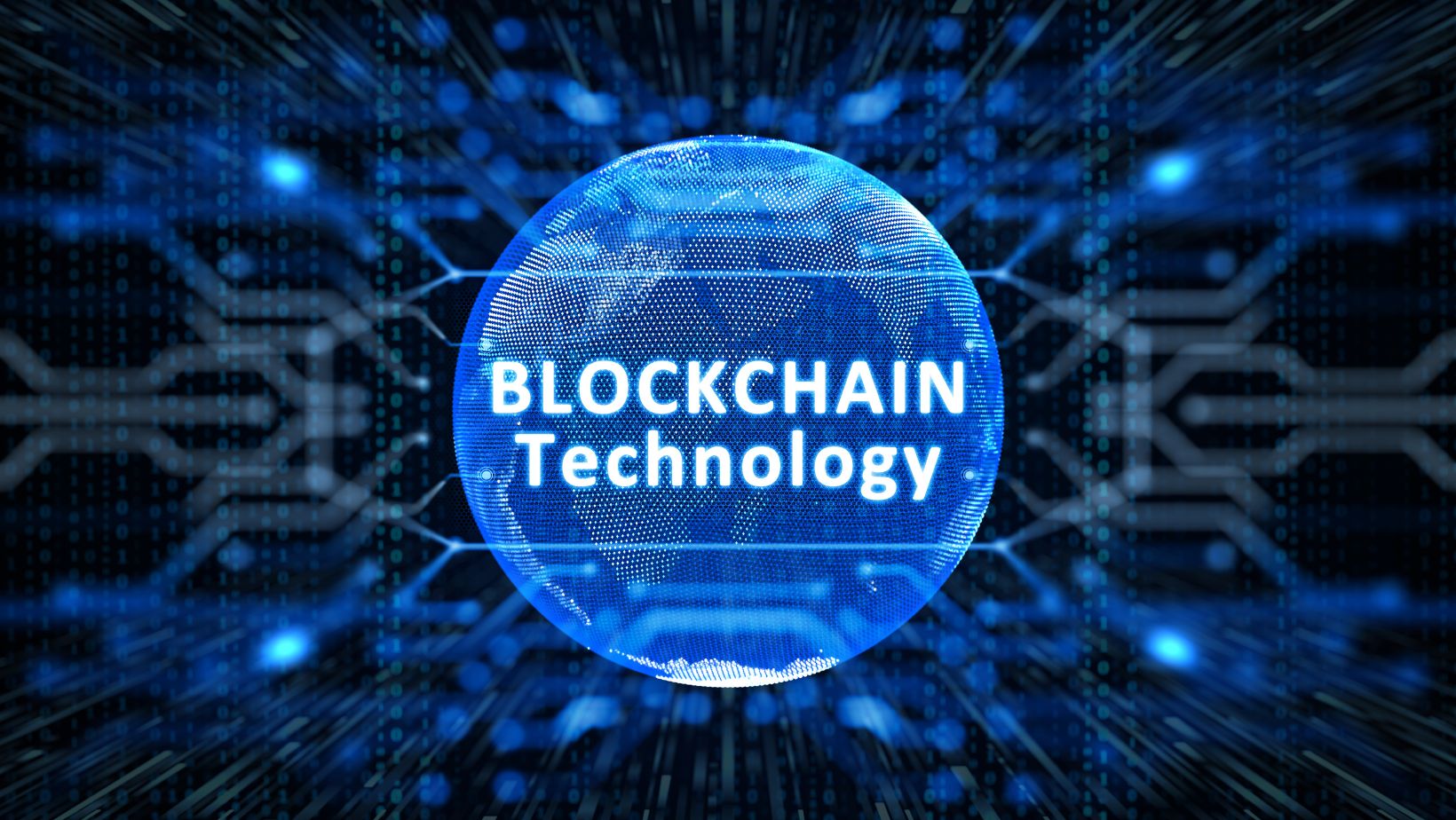Supply chains are the backbone of modern commerce, enabling products to move from manufacturers to consumers. However, these complex networks often lack transparency, making it challenging to trace the journey of products and ensure their authenticity. Blockchain technology, similar in concept to the infrastructure supporting initiatives has emerged as a powerful solution to address these issues. In this article, we will explore the intricate world of supply chain transparency and how blockchain is revolutionizing it. Enigma Edge is intended to provide you with the information required to make wise and profitable financial decisions.
Understanding Supply Chain Transparency
The Concept of Supply Chain Transparency
Supply chain transparency refers to the visibility and traceability of products as they move through the various stages of production, transportation, and distribution. It involves recording and sharing critical information about products, including their origins, manufacturing processes, and handling conditions. Transparency ensures accountability and helps in identifying and mitigating risks such as fraud, counterfeiting, and unsafe practices.
The Role of Traceability in Supply Chain Transparency
Traceability is a fundamental aspect of supply chain transparency. It involves tracking products at each stage of their journey, from raw materials to the end consumer. This allows businesses to monitor the movement and conditions of products, facilitating quick responses to any issues that may arise. Traceability also enhances consumer trust, as they can verify the authenticity and quality of the products they purchase.
Benefits of Transparency for Businesses and Consumers
Transparency offers numerous benefits to both businesses and consumers. For businesses, it improves operational efficiency by optimizing processes, reducing waste, and minimizing the risk of costly recalls. It also fosters consumer trust, as transparent supply chains build credibility. Consumers, on the other hand, gain confidence in the products they buy, knowing they can trace their origins and ensure ethical and sustainable practices.
The Role of Blockchain in Supply Chain Management
What is Blockchain Technology?
Blockchain is a distributed ledger technology that enables the secure and transparent recording of transactions across multiple parties. Each transaction, or “block,” is linked to the previous one, forming a chain. This decentralized structure ensures data integrity, immutability, and security.
How Blockchain Works in Supply Chains
In supply chains, blockchain acts as a tamper-proof digital ledger that records every product’s journey. Each participant in the supply chain, such as manufacturers, suppliers, logistics providers, and retailers, contributes to this ledger. Transactions are time-stamped and cryptographically secured, making it virtually impossible to alter or falsify data. This ensures that the information about a product’s origin, handling, and quality remains accurate and transparent.
Key Features of Blockchain for Supply Chain Transparency
● Immutability: Once information is recorded on the blockchain, it cannot be altered or deleted, ensuring data integrity.
● Transparency: All participants can access and verify the same information, fostering trust among stakeholders.
● Security: Blockchain’s cryptographic techniques protect data from unauthorized access and tampering.
● Traceability: Products can be traced back to their source, enabling quick recalls and quality control.
● Smart Contracts: Self-executing smart contracts can automate and enforce agreements in the supply chain.
Use Cases and Success Stories
Case Study: IBM Food Trust
IBM Food Trust is a prime example of how blockchain is used to enhance supply chain transparency. It enables food traceability from farm to table.

By scanning a product’s QR code, consumers can access information about its journey, including its source, handling, and safety checks. This transparency has improved food safety, reduced food waste, and increased consumer confidence.
Case Study: Everledger
Everledger utilizes blockchain to trace the provenance of diamonds, combating the trade in conflict diamonds and unethical practices. Each diamond’s unique characteristics are recorded on the blockchain, ensuring authenticity and ethical sourcing. This has revolutionized the diamond industry by promoting responsible practices and consumer trust.
Challenges and Concerns
Scalability Issues
While blockchain offers numerous advantages, scalability remains a challenge. As supply chains involve a vast amount of data and transactions, current blockchain infrastructures may struggle to handle the load efficiently. Addressing scalability is crucial for widespread adoption.
Data Privacy and Security
Maintaining data privacy and security is paramount in supply chains. Blockchain addresses many security concerns, but companies must ensure that sensitive information is appropriately protected and accessible only to authorized parties.
Regulatory Hurdles and Compliance Issues
Global supply chains often face regulatory variations and compliance challenges.

Implementing blockchain solutions that adhere to various regional and industry-specific regulations can be complex. Overcoming these hurdles requires collaboration and standardization efforts.
Future Trends and Innovations
Advancements in Blockchain Technology
Blockchain technology continues to evolve, with ongoing research and development focusing on enhancing scalability, reducing energy consumption, and improving interoperability. These advancements will further facilitate its integration into supply chains.
Integration of IoT and AI with Blockchain
The integration of the Internet of Things (IoT) and artificial intelligence (AI) with blockchain technology is on the horizon. This will enable real-time tracking and monitoring of products, predictive analytics, and autonomous decision-making, ushering in a new era of supply chain management.
Emerging Standards and Best Practices
As the adoption of blockchain in supply chains grows, industry standards and best practices are emerging. These guidelines will help organizations navigate the complexities of implementing blockchain solutions, ensuring seamless integration and interoperability.
Conclusion
In a world where supply chain transparency is vital for consumer trust and business success, blockchain technology offers a revolutionary solution. By providing an immutable, transparent, and secure ledger, blockchain enhances traceability and accountability throughout the supply chain. As scalability and regulatory challenges are addressed, blockchain’s role in supply chain management is set to expand, ushering in a new era of transparency and efficiency.


